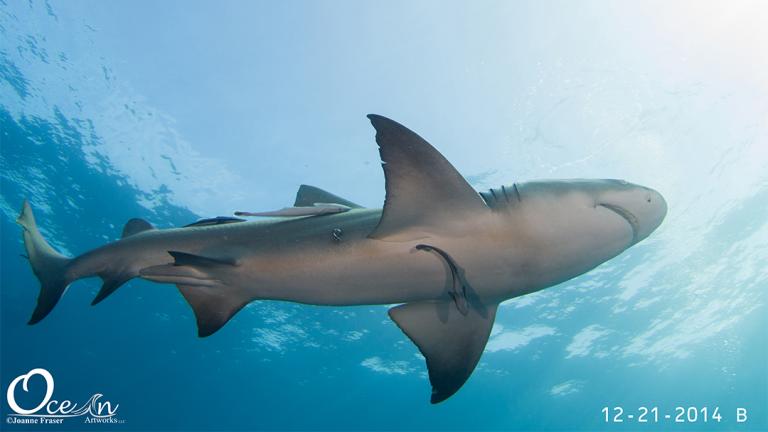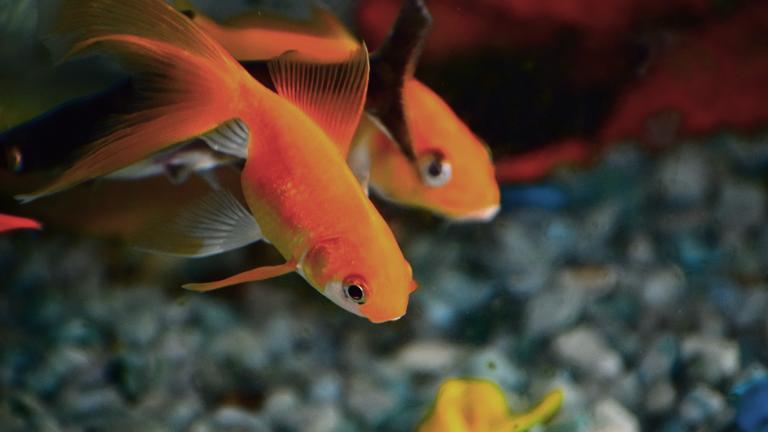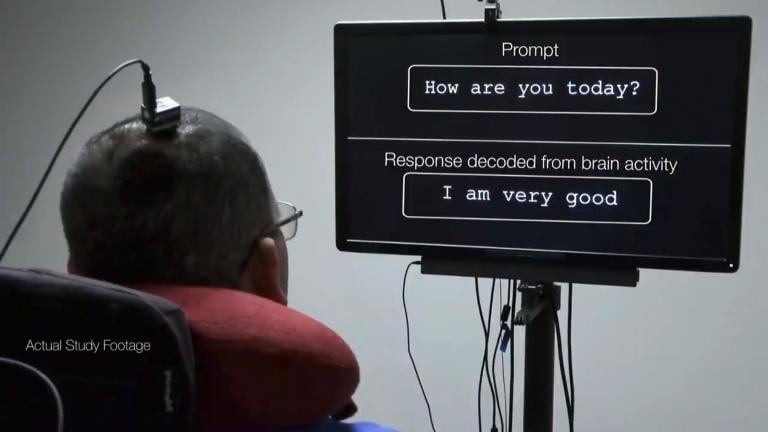Rabiah Mayas, associate director at the Science in Society research center at Northwestern University returns to give us a review of some of the most interesting developments in the world of science.
What we’re talking about:
- NASA is turning to origami, the ancient art of paper folding, to help protect its astronauts. The space agency is launching a challenge to crowdsource origami solutions for a foldable radiation shield that could one day protect spacecraft and astronauts on deep space missions.
- Scientists at the University of Illinois have just spent two years on a supercomputer to simulate an HIV capsid – the protein cage that surrounds the HIV virus and protects it from the body’s immune system. The hope is by learning more about the virus’s capsid researchers will be able to develop new drugs to attack and defeat the virus.
- Also at the University of Illinois, researchers have discovered that just a 5-minute encounter with a stranger can spur a cascade of changes in the brain that can last for hours – at least in stickleback fish. One of the researchers, Alison Bell, says the study shows how “social interactions are extremely potent.” Bell says that one theory is that the changes seen in the brain reflects that it is preparing to respond to possible threats.
- New archaeological finds in northern Australia are rewriting the history of mankind’s migration from Africa. New excavations of artefacts and stone tools were dated to some 65,000 years ago – pushing back the evidence for humans arriving in Australia by some 10,000 to 20,000 years.
Related stories:
 Shedd Researchers: Shark Eats Fishing Spear, Pushes it Out Through Skin
Shedd Researchers: Shark Eats Fishing Spear, Pushes it Out Through Skin
July 27: Just in time for “Shark Week,” researchers published a study this month that highlights the unique recovery capabilities of sharks.
 Adler Astronomer Discovers Previously Invisible Star Formations
Adler Astronomer Discovers Previously Invisible Star Formations
July 25: A team led by Adler Planetarium astronomer Grace Wolf-Chase used a telescope instrument to discover infrared light undetectable to the human eye, revealing new stars in the Milky Way.
 Giant Iceberg the Size of Delaware Breaks off Antarctica
Giant Iceberg the Size of Delaware Breaks off Antarctica
July 13: The trillion-ton iceberg is now drifting. While experts say it poses no immediate threat, is the event itself the precursor of more change to come as the global environment warms?








